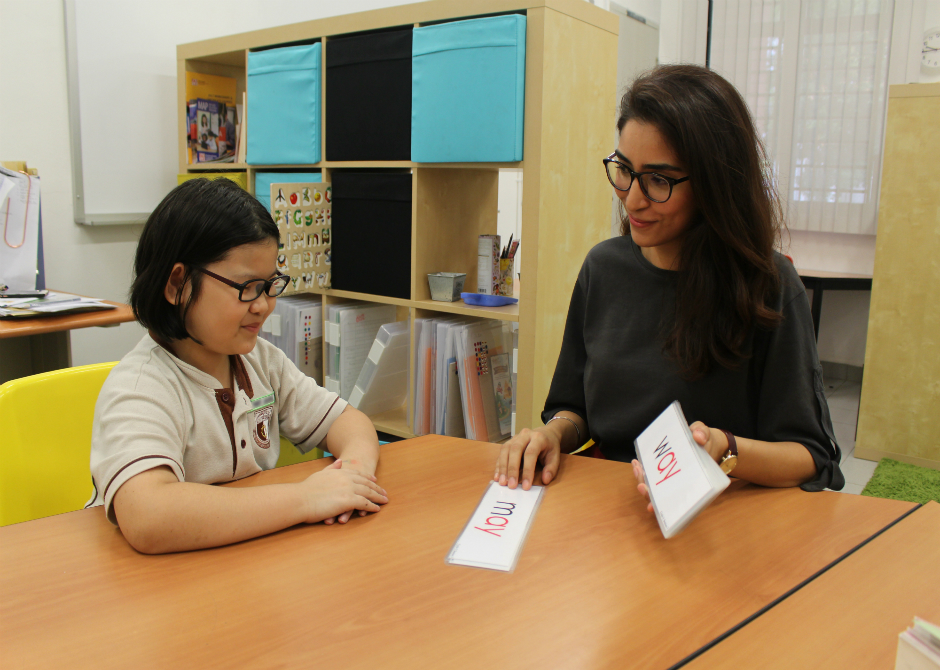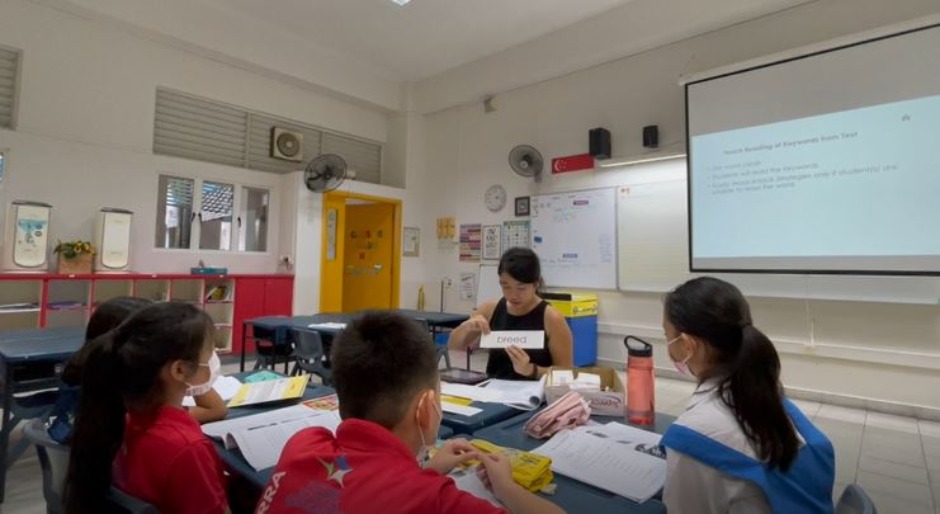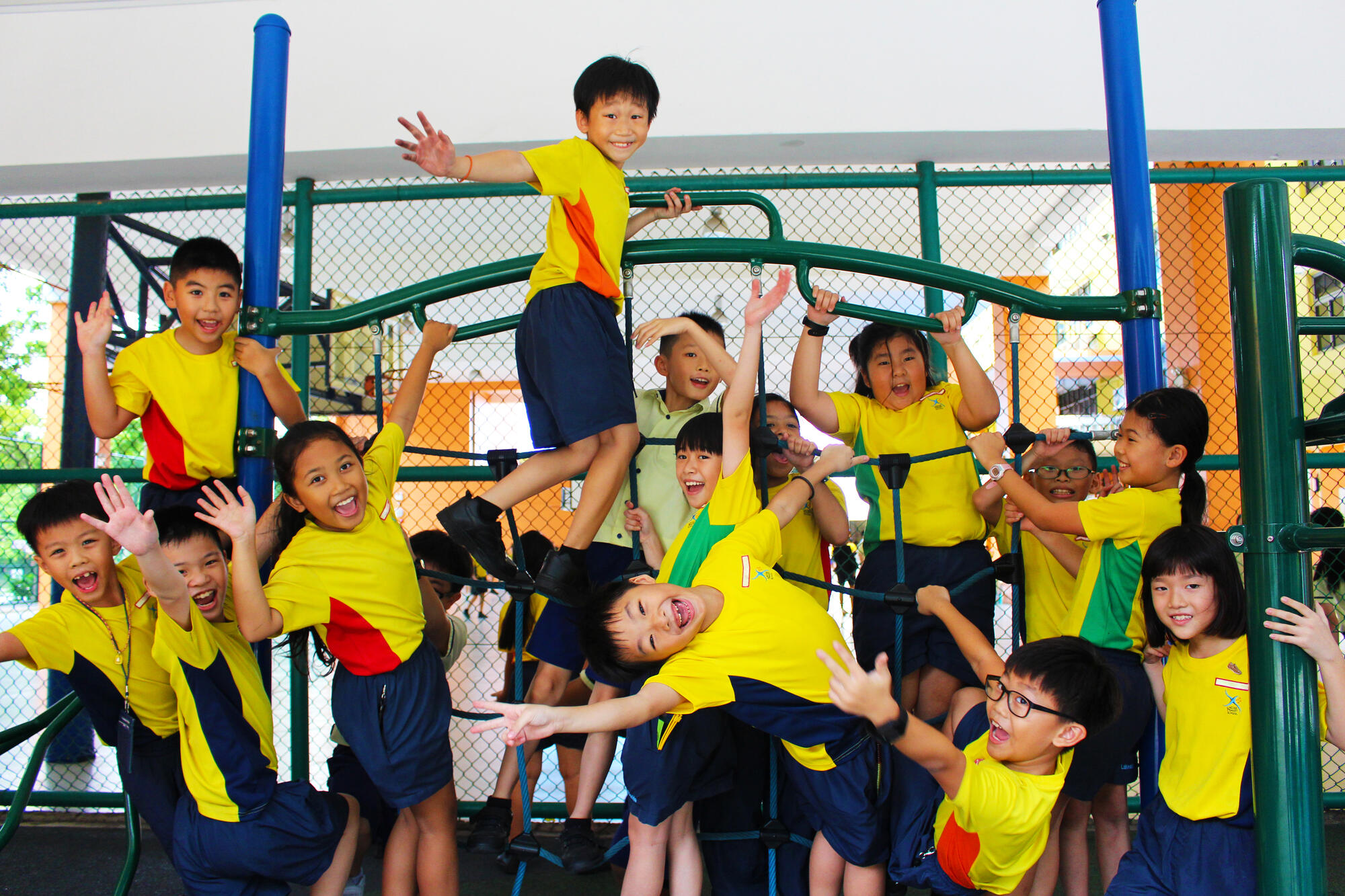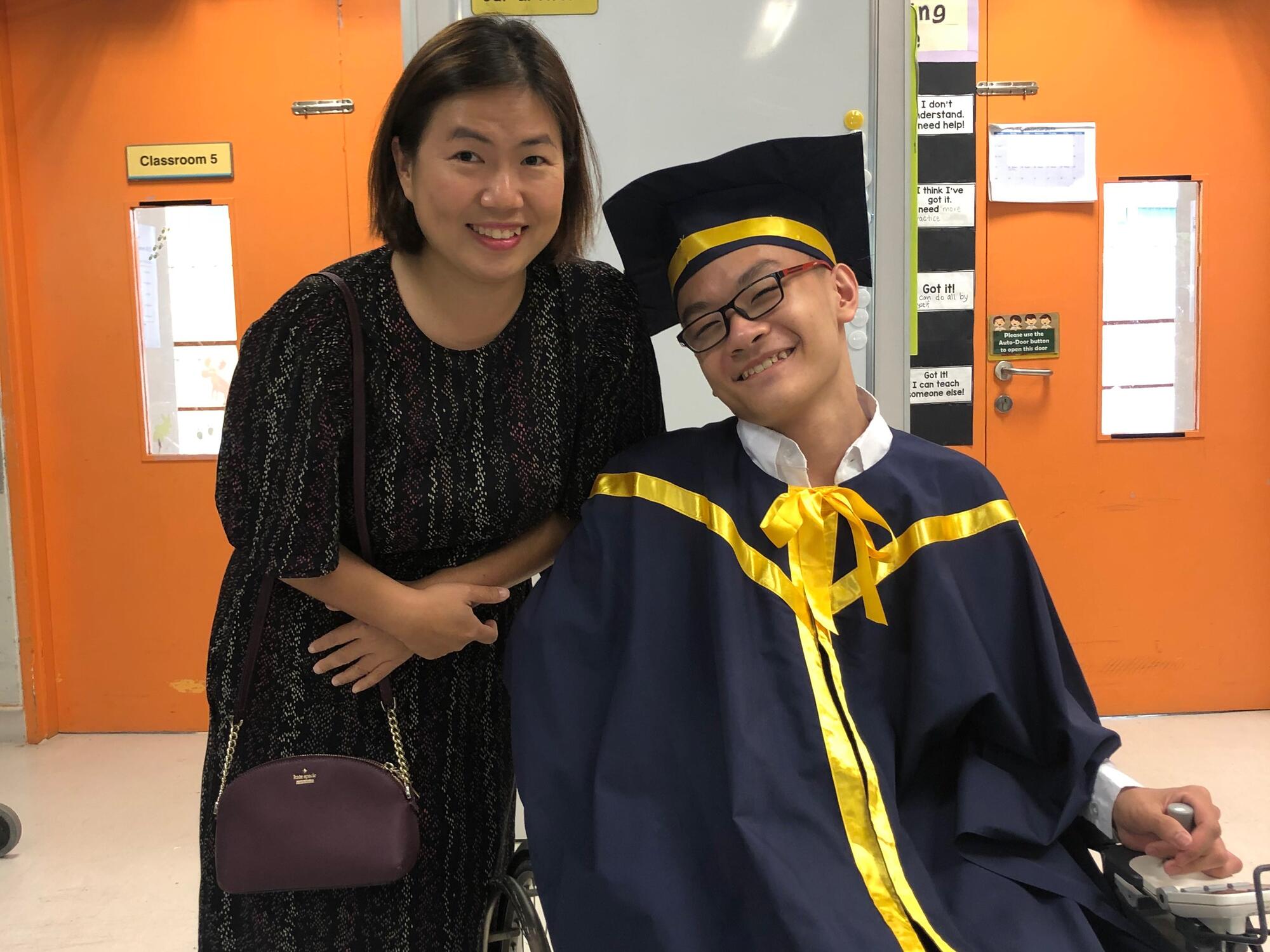“Every child [with special needs] has their own learning needs and abilities. Hence, the kind of assistance we provide differs from child to child,” said Ashveen Kaur Randhawa, Allied Educator (AED) for Learning and Behavioural Support (LBS) at Boon Lay Garden Primary School.
Depending on the needs and support required, some children attend special education schools, and others attend mainstream schools.
Currently, in mainstream primary schools, there is at least one AED (LBS), like Ashveen, to support students with mild special educational needs such as Dyslexia, Autism Spectrum Disorder and Attention Deficit Hyperactivity Disorder. 92 secondary schools also have one AED (LBS) each, and the Ministry of Education is still recruiting to meet longer term needs. There is also infrastructure support, financial assistance and more training for teaching staff.
But what makes all the difference to each child is the heart and skill of that special teacher. Ashveen believes that each student with special needs has his or her own success story to write, and she wants to be there to help them discover it. Now, seven years since starting on this journey, she shares with us how an AED (LBS) can do just that.
Observing Each Child
AEDs (LBS) help teachers to plan and adapt the curriculum to the learning needs of students with special needs, as well as work with MOE educational psychologists on assessment and intervention plans. But they also provide individual attention and cater to other needs of the students, such as behavioural issues, social skills and so on.
When Ashveen first met *Ben, then a primary school student with special needs from a single-parent home, he struggled to complete assignments, had difficulties socialising, and often had outbursts that got him into trouble.
As an AED, Ashveen observed the situations carefully and talked to Ben and an educational psychologist to understand his learning needs, difficulties and strengths. She found that Ben struggled mainly understanding and expressing emotions, often coined as emotional literacy.
Addressing Individual Needs
Ashveen tried cognitive behavioural techniques with Ben, including the use of demonstrations, role-plays, and social stories. But what really worked for Ben were comic strip conversations.
“He loved reading comics. So he was more interested in these lessons,” Ashveen explained.
Simple pictures in a comic strip format were used to illustrate conversations between two or more people. The scenarios were based on actual events as well as made up events, to explain the triggers, behaviours, and consequences.
Ben and Ashveen would add speech and thought bubbles as they explored the scenario using this visual method. Ben would consider not only his own feelings, but also the feelings and intentions of other people, and this gave Ashveen the opportunities to teach him how to cope with conflict and anger.
“I would guide him to identify some of his physiological responses as such breathlessness or physical signs such as clenched fists or a raised voice. This newfound awareness helped him to be in tune with his feelings. He was able to stop, take a step back and identify possible responses when he found himself in similar situations,” shared Ashveen.
Galvanising Support from Teachers
For every student, the school is meant to be a safe environment for them to learn, make mistakes and grow, and it’s the same for students with special needs. To create that, Ashveen worked with Ben’s teachers so that they would be able to support him in class.
“I shared with them specific strategies, such as identifying the triggers that would easily provoke Ben, and taught them how to make accommodations where possible,” said Ashveen.
One of the strategies was pre-correction. At the start of the day, Ben’s teachers would have a short check-in to remind him about their expectations of his behaviour and his coping strategies, such as his ‘break card’. Ben could use the ‘break card’ a couple of times a day to leave the room for a short period when he needed some quiet time to control his emotions.
Equipped with the right strategies, his teachers were more confident and also developed a rapport with Ben. Ben also developed a sense of trust and belief in his teachers and was able to learn in the classroom more effectively.
Encouraging Peer Support and Learning
Ben needed to learn to relate and communicate with others, but his peers also needed to learn the important lesson of being inclusive – to accept people of different abilities, strengths and backgrounds.
“Class-based activities helped his classmates to understand what would trigger Ben’s meltdowns. Surveys on the things his classmates liked about him and the behaviours that they found upsetting also helped them to understand different perspectives,” said Ashveen.
Ashveen also pulled together a smaller group of peers who related more closely to Ben, under her supervision and support. They would play games and activities designed to improve social skills, letting Ben experience various circumstances such as losing, taking turns or managing his anger when one or more of his friends did something he did not approve of. They were a safe and accepting community with whom he could try, fail, learn and grow.
“I also followed up on the teachers’ and students’ feedback. This way, everyone was more motivated to help and applied different ways to help Ben overcome his difficulties,” said Ashveen.
Reinforcing in School and at Home
A student’s progress would be hindered if life at home contradicts the school environment (where a student spends an average of eight hours a day, five days a week). So Ashveen strongly believes in communicating with parents to ensure consistency between school and home.
AEDs (LBS) would inform parents of intervention plans and coach them to support their child’s progress at home. But parents are actually important advisors who provide information, suggestions, and feedback on what is or is not working. When parents, teachers, and LBS educators all work together, the likelihood of progress and success increases.
“Above all, parents must believe in their child’s capabilities and abilities. At the same time, they must understand their child so that they can work on their strengths and set realistic expectations for them,” said Ashveen.
A Ripple Effect Worth Celebrating
Ben’s teachers, classmates, and family helped him transform over two years. He no longer had meltdowns and made significant improvements in his academic work. Since then, he has progressed to the Normal Technical stream in secondary school, and has also been offered a few Normal Academic subjects under the Subject Based Banding format.
Retelling Ben’s story made Ashveen beam with pride. They days may be difficult, but seeing her students become confident and able to achieve keeps her going.
“Every victory, no matter how small, has a ripple effect and is worth celebrating,” said Ashveen.
*Actual name has been changed






